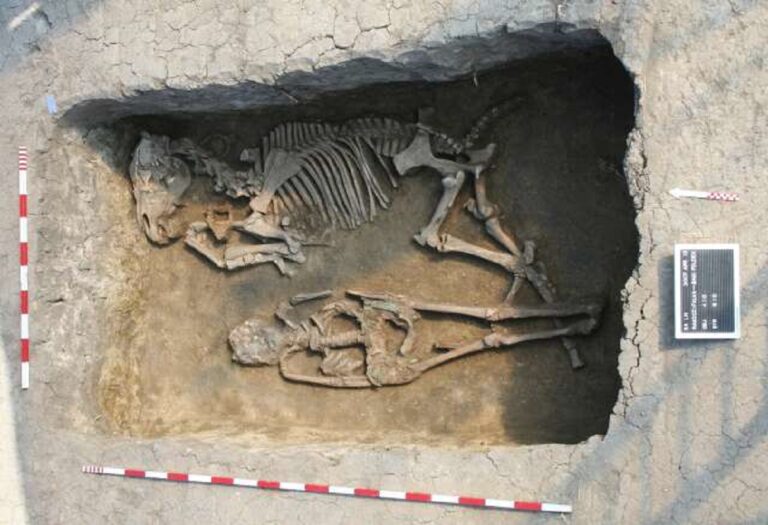The Avar people, an enigmatic group that once roamed the steppes of Europe, have long intrigued historians and archaeologists alike. Thanks to recent advancements in DNA technology, light is finally being shed on the familial structures and social customs of this mysterious group.
Unveiling Genetic Secrets
Recent studies involving DNA analysis have provided fascinating insights into the Avar people, who dominated the Carpathian Basin from the late 6th to the early 9th century. The results suggest that the Avars maintained a complex social structure, possibly influenced by their nomadic origins and interactions with other cultures.
Family Ties and Social Hierarchies
One of the most striking findings is related to the Avars’ family dynamics. DNA samples from burial sites indicate a society with rigid familial roles and a preference for patrilineal heritage. This genetic data shows a clear demarcation between family groups, which played a pivotal role in the organization of their society.
The Avars practiced a form of social stratification that was closely tied to family lineage, suggesting that power and status were inherited. High-status individuals were often buried with rich grave goods, indicating their importance within the community.
Interactions with Neighboring Cultures
Additionally, the genetic makeup of the Avar population reveals significant interactions with other groups. This not only includes neighboring tribes but also distant populations, highlighting the Avars’ role as key players in the medieval trade and migration movements across Europe. These interactions led to a genetic diversity that is still being studied to understand the extent of their social and trading networks.
Implications for Historical Research
This newfound genetic information challenges some of the traditional views on the Avar society, providing a clearer picture of their familial and social organization. It also underscores the importance of using modern scientific methods to revisit historical narratives and build a more accurate understanding of ancient civilizations.
The ongoing analysis of Avar DNA not only illuminates the history of the Avars themselves but also contributes to the broader knowledge of medieval European history. As research continues, we can expect even more revelations about the Avars, offering deeper insights into a people who have long been shrouded in mystery.






